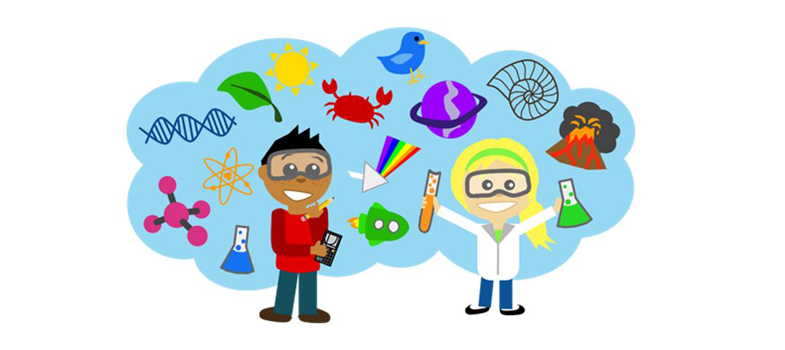2.3 Unconscious Processes
Our unconscious biases are particularly powerful because they operate below the level of our conscious minds.
Sigmund Freud knew that the unconscious was far vaster and more powerful than the conscious. He described it as an iceberg: far more under the surface than above. Eric Kandel, a neuroscientist at Columbia University who received a Nobel Prize for his work on memory, was once pressed to say how much of the mind works unconsciously; he gave an estimate of 80 to 90%. The specific percentage is probably not important. The point is that experts agree about how powerful our unconscious minds are, and how influential they can be unless we take steps to develop the necessary skill to mitigate their impact.
The individual unconscious
So how does unconscious bias work for us as individuals?
Unconscious bias is not the preserve of the few - virtually every one of us is biased towards something, somebody, or some group.
Howard Ross, the Founder and Chief Learning Officer of Cook Ross, a leading US consultancy working in this area, said “our fundamental way of looking at and encountering the world is driven by a hard-wired’ pattern of making unconscious decisions about others based on what feels safe, likeable, valuable and competent” (Ross, 2008)
Ross makes a useful point that our unconscious biases have evolved as a way of distinguishing friend from foe and of keeping ourselves safe from danger. They have in the past been useful to us, in dangerous situations they may continue to be, but how relevant or appropriate are they in a classroom or school environment?
Our unconscious thoughts and interpretations happen much quicker than our conscious ones. Typically they take place below the level of consciousness, about 250 milliseconds before our conscious processes engage.
When we meet someone the information available to us is cognitively overwhelming and we can’t process it fast enough, so instead we routinely and rapidly sort people into groups based on stereotypes, the cultural environment around us and our personal experiences, rather than think of them as unique. This allows us to save time and effort and to give our attention to other tasks or to more novel information.
Think about how quickly you make a decision about who to sit next to on the bus or share a table with in a café or cross the road to avoid. Are you even aware that you are making a decision?
Activity 1
Can you make a list of characteristics which might elicit an unconscious response?
Discussion
Gender, ethnicity, religion/belief, perceived or known sexual orientation, attractiveness, age, disability, height, weight, clothing, dress, piercings, tattoos, haircut/colour, body language, accent, personality
Categorising people in this way can guide our actions towards others on the unconscious assumption that the individual possesses traits included in the stereotype associated with the group we put them in. Clearly this has implications for the accuracy and fairness of our decision making.
In your learning log, write down a short summary of what you understand unconscious bias to be, then consider and note how an unconscious response might influence your views or actions in a school or classroom environment.
2.2 Introduction to unconscious bias – basic concepts

